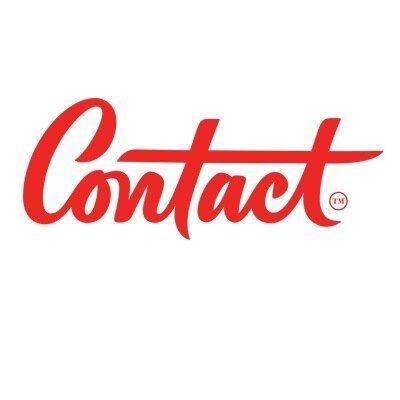Founded 1996 (1996) Number of employees 1,066 | Traded as NZX: CEN Revenue NZ$2,163M CEO Dennis Barnes (Apr 2011–) CFO Graham Cockroft | |
 | ||
Industry Electricity generationElectricity retailingNatural gas wholesalingNatural gas retailingLPG retailing Key people Ralph Norris, ChairDennis Barnes, Chief Executive Stock price CEN (NZE) NZ$ 4.84 -0.02 (-0.41%)3 Mar, 5:00 PM GMT+13 - Disclaimer | ||
Contact energy ltd north island offers for november 2011
Contact Energy Limited is a New Zealand electricity generator, natural gas wholesaler and electricity, natural gas, and LPG retailer.
Contents
- Contact energy ltd north island offers for november 2011
- Contact energy smartconnect meter installation
- History
- Power stations
- Decommissioned stations
- Other developments
- References
The company is the second-largest electricity generator in New Zealand (after Meridian Energy), generating 23% of all electricity in 2014, and has the second-largest market share (22%) of electricity retailers (after Genesis Energy). Contact owns and operates twelve power stations in New Zealand with a generation portfolio made up of geothermal, hydro and natural gas assets. Contact Energy's power stations consist of five gas turbine facilities, in Auckland, Hamilton, Hawkes Bay and Taranaki; five geothermal stations north of Taupo; and two hydroelectric dams on the Clutha River.
Contact originated with the partitioning of the Electricity Corporation of New Zealand in 1996, and publicly listed in 1999.
Contact energy smartconnect meter installation
History
Contact was incorporated on 8 November 1995 and became a state owned enterprise on 18 November 1995. Contact commenced operations on 1 February 1996, acquiring assets from ECNZ with a payment of $1.6 billion. As the founding chief executive, Paul Anthony was instrumental in establishing the corporation distinct from ECNZ.
In 1999, the company was sold, with 40% purchased by Edison Mission Energy (EME) as cornerstone shareholder for $5 per share. The remaining 60% was sold in a public offering of shares for $3.10 per share. EME subsequently increased its shareholding to 51%.
As part of the 1999 electricity sector reforms, local electricity companies were split into lines and retail, with most selling the retail part off. Contact Energy acquired the retail bases of Top Energy, Counties Power, Eastland Network (Gisborne area), Unison (Hawke's Bay area), Electra, Network Tasman, MainPower, Alpine Energy, Aurora Energy (Dunedin area), The Power Company and Electricity Invercargill.
Following financial difficulties elsewhere in its business, EME sold its shareholding to Origin Energy in 2004.
During the 2008 financial crisis, Contact decided to increase prices by up to 12% while doubling its directors' fees. As a result, it lost more than 40,000 customers in six months − 10% of the total. Its profit was halved. Contact calls this the worst blow to its reputation in the company's history.
Following financial difficulties elsewhere in its business, Origin sold its 53% shareholding to the market in 2015.
Power stations
Contact owns and operates (unless otherwise stated) the following power stations:
Decommissioned stations
In 2001, Contact decommissioned the FT4 twinpac open cycle power stations on the Stratford and Whirinaki sites, and sold the generating equipment offshore.
In June 2013, previously decommissioned New Plymouth Power Station was sold to Port Taranaki and Methanex New Zealand.
Other developments
In 2001 and 2002, Contact and Edison Mission Energy developed the Valley Power Peaking Facility near Traralgon in Australia. This plant was sold in 2005.
In 2006, Contact and Genesis Energy set up a joint venture project called Gasbridge to import LNG. Their proposed terminal at Port Taranaki was highly controversial, and the plan was shelved in favour of an offshore terminal plan in mid 2009.
Contact and Origin Energy have developed a gas storage facility at the depleted Ahuroa reservoir in Taranaki.
In 2012, Contact announced it would not proceed with hydro developments on the Clutha River, at Queensbury, Luggate, Tuapeka and Beaumont.
In June 2013, the Taheke joint venture (Taheke 8C Incorporated and Contact Energy) made the decision to delay the development of the Taheke Geothermal field due to market conditions.
In August 2013, Contact announced its decision to exit the Hauāurumā raki wind generation development on the Waikato coast and that they would not proceed in the foreseeable future with the Waitahora wind generation development project near Dannevirke in the Tararua district.
